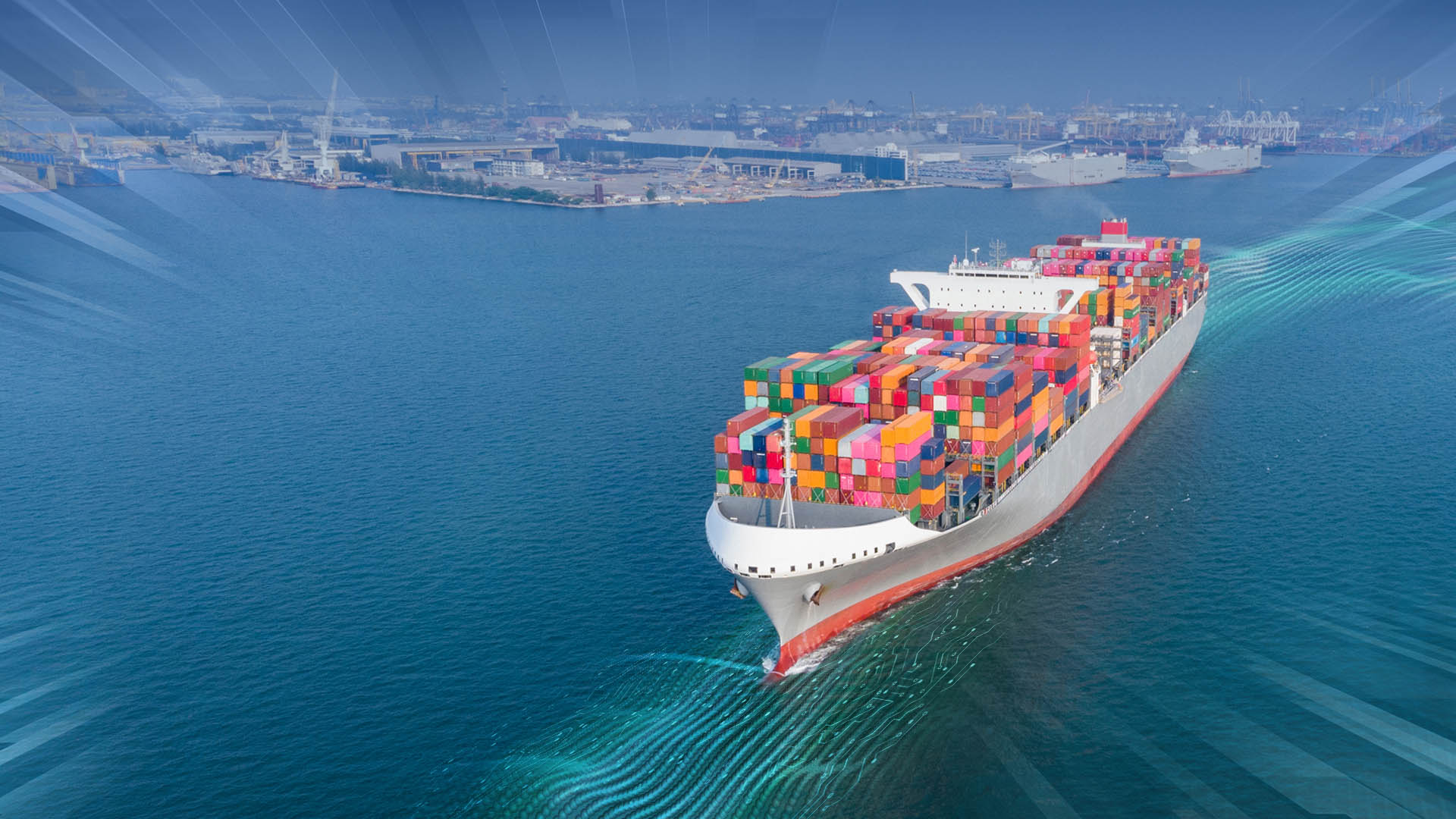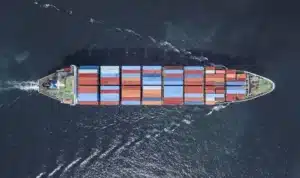Two-thirds of European green shipping fuel projects at risk – analysis
European Green Shipping Fuel Projects at Risk Study

A new study by Transport & Environment (T&E) reveals that two-thirds of European green shipping fuel projects are at risk. T&E’s mapping of green hydrogen initiatives across Europe indicates that nearly 4% of European shipping could utilize green e-fuels by 2030. However, fuel suppliers are hesitant to invest without stronger assurances of future demand. This reluctance jeopardizes the majority of projects, potentially derailing Europe’s climate goals and threatening thousands of jobs, T&E warns.
Inesa Ulichina, T&E’s shipping officer, highlighted the potential of hydrogen projects: “They can power hard-to-decarbonize sectors like shipping and create thousands of good jobs. But we need more certainty to seize this opportunity.”
Currently, there are at least 17 hydrogen-based e-fuel projects for ships across Europe. If operational, they could meet nearly 4% of EU shipping’s energy needs by 2030. T&E also identified 44 other hydrogen projects that could supply green fuels to ships but are also targeting other industries.

These projects could surpass the EU’s target of 2% green e-fuels by 2034. However, most projects lack funding, and no shipping-dedicated project is operational. Fuel producers cite uncertainty in buyer demand and investment security as major barriers, risking millions of tonnes of green fuels and thousands of skilled jobs. Globally, green shipping could create 4 million jobs by 2050.
Denmark accounts for over half of the planned hydrogen volumes across the 61 mapped projects, while Spain leads in potential fuel supplies for shipping. Despite its extensive coastline, the UK has few projects, and T&E found none in Italy and Greece.
E-ammonia seems to be the preferred option for the future, comprising 77% of potential volumes. However, none of these projects have reached a final investment decision.
Ulichina concluded: “Shipping faces a chicken-and-egg dilemma. E-fuel producers need clearer demand signals from ship operators to invest, while shipping operators await scaled-up and cheaper fuels before committing to off-take agreements. The EU must enforce regulations to boost both supply and demand for e-fuels, providing the necessary investment certainty.”
T&E recommends that EU member states mandate at least 1.2% of shipping fuels to be e-fuels by 2030, as per the EU’s green fuels law (RED III). This would secure funding for current projects and help others reach the final investment stage. T&E also suggests using revenues from the EU’s carbon market for shipping (ETS) to support new projects.
